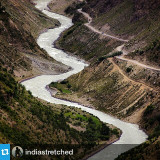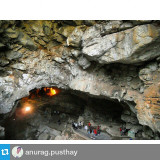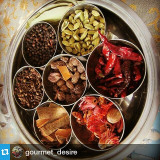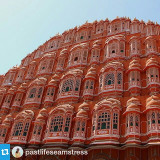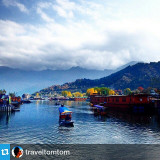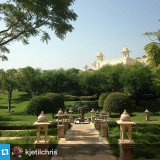Random image from our India photo collection
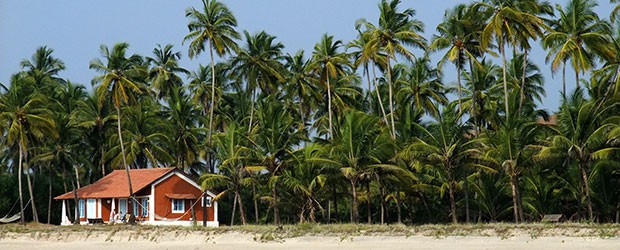
Meghalaya
Fairs And Festivals
The Wangala (dance of hundred drums) festival is an important event of the Garos. This festival marks the end of a period of toil, heralding a yield of good harvest. It is held annually in November and the festival lasts for a week. It is performed in honor of ‘Satyong’, the God of fertility. People, young and old, dress in their colorful costumes and dance, to the beat of long cylindrical drums.
Nongkrem Dance is performed during a religious festival marked by thanksgiving to the Almighty God for good harvest, peace and prosperity of the community. It is held annually during October/November at Smit, the capital of the Khyrim Syiemship near Shillong. Men and women, both married and unmarried, perform the dance in the open. The women dressed in expensive silk costumes with heavy gold, silver, and coral ornaments dance in the inner circle of the arena. The men form an outer circle and dance to the accompaniment of music of flutes and drums.
An important feature of the festival is the ‘Pomblang’ or goat sacrifice offered by the subjects to the Syiem of Khyrim, the administrative head of the Hima (Khasi state). Ka Syiem Sad, the eldest sister of the king, is the chief priest and caretaker of all ceremonies. The festival is conducted along with the Myntries (ministers), high priests and priests, where offerings are made to ancestors of the ruling clan and the deity of Shillong.
One of the most important festivals of the Khasis is Ka Shad Suk Mynsiem (dance of the joyful heart). The festival lasts for three days. It is an annual thanksgiving dance held in Shillong in April. Men and women, dressed in traditional fineries, dance to the accompaniment of drums and the flute.
Behdiengkhlam, celebrated annually in July after the sowing period, is the most important dance festival of the Jaintias. Young men make a symbolic gesture of driving away the evil spirits, plague, and pestilence by beating of the roof of every house with bamboo poles. In addition, poles of great length are held across the stream Wah-Ait-Nar.
People jump on the poles and break them while dancing in the muddy pool of water. A large pole is placed across the stream and two groups contend for the possession of the pole. This festival is also an invocation to God seeking his blessings for a good harvest.
The women, however, do not participate in the dancing, as they have an important function of offering sacrificial food to the spirits of the ancestors.
Go back
Nongkrem Dance is performed during a religious festival marked by thanksgiving to the Almighty God for good harvest, peace and prosperity of the community. It is held annually during October/November at Smit, the capital of the Khyrim Syiemship near Shillong. Men and women, both married and unmarried, perform the dance in the open. The women dressed in expensive silk costumes with heavy gold, silver, and coral ornaments dance in the inner circle of the arena. The men form an outer circle and dance to the accompaniment of music of flutes and drums.
An important feature of the festival is the ‘Pomblang’ or goat sacrifice offered by the subjects to the Syiem of Khyrim, the administrative head of the Hima (Khasi state). Ka Syiem Sad, the eldest sister of the king, is the chief priest and caretaker of all ceremonies. The festival is conducted along with the Myntries (ministers), high priests and priests, where offerings are made to ancestors of the ruling clan and the deity of Shillong.
One of the most important festivals of the Khasis is Ka Shad Suk Mynsiem (dance of the joyful heart). The festival lasts for three days. It is an annual thanksgiving dance held in Shillong in April. Men and women, dressed in traditional fineries, dance to the accompaniment of drums and the flute.
Behdiengkhlam, celebrated annually in July after the sowing period, is the most important dance festival of the Jaintias. Young men make a symbolic gesture of driving away the evil spirits, plague, and pestilence by beating of the roof of every house with bamboo poles. In addition, poles of great length are held across the stream Wah-Ait-Nar.
People jump on the poles and break them while dancing in the muddy pool of water. A large pole is placed across the stream and two groups contend for the possession of the pole. This festival is also an invocation to God seeking his blessings for a good harvest.
The women, however, do not participate in the dancing, as they have an important function of offering sacrificial food to the spirits of the ancestors.
Go back


